11 Groceries to Buy Now Before Prices Jump Again After New Tariffs

With new tariffs on Japanese and South Korean imports set to take effect August 1, U.S. shoppers may soon feel the impact at the grocery store. President Trump announced a 25% tariff on all imports from those countries unless new trade deals are reached. Many beloved pantry staples and snacks originate from Japan and South Korea, and even though some companies manufacture in the U.S., others do not—and prices may rise as a result. Here are 11 grocery items you may want to stock up on now, before the increases hit.
Instant Ramen
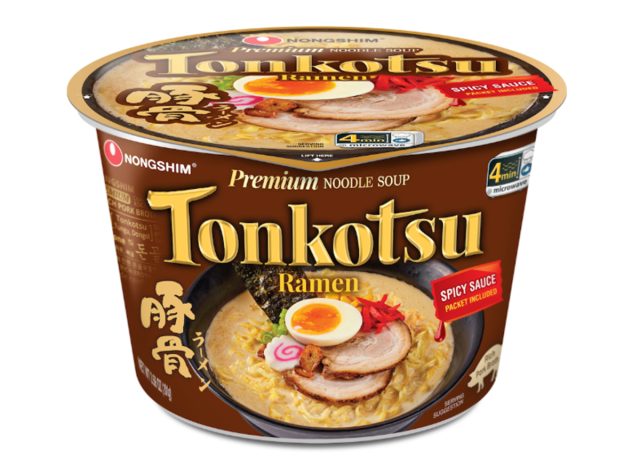
Nongshim, Samyang, and Sapporo Ichiban are household names for fans of instant noodles. While some companies have U.S. plants, others still import large volumes from South Korea and Japan. With a 25% tariff looming, importers may pass on costs to retailers, raising prices for shoppers. These shelf-stable meals are already popular for their low cost and convenience, so a jump in price could make them less attractive. Stocking up now could be a smart move, especially for families and college students who rely on them for affordable, fast meals.
Seaweed Snacks
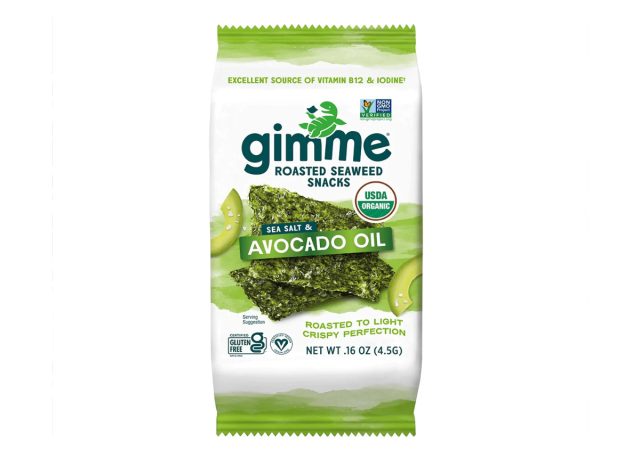
South Korea dominates the global seaweed snack market, with top brands like gimMe and Jayone exporting large quantities to the U.S. While some brands have U.S. production facilities, others rely heavily on imports. These snacks are popular with health-conscious shoppers and kids alike. If tariffs increase prices on imported versions, you may see your favorite brands disappear from shelves or come with a higher price tag. Because they store well and are relatively compact, now is a good time to grab a few extra packs to avoid a potential markup later in the year.
Frozen Dumplings

Frozen Korean-style dumplings, particularly those from the bibigo line by CJ CheilJedang, have become a freezer staple in many American households. They offer quick prep times, satisfying flavor, and strong value. While CJ has a U.S. manufacturing plant, certain specialty items and newer SKUs are still imported. If those items are tariffed, prices could rise or availability may tighten. Dumpling fans may want to pick up their go-to varieties in advance, particularly limited edition or less common flavors. Given their long freezer life, they’re a smart, inflation-resistant addition to any shopping list.
Soy Sauce
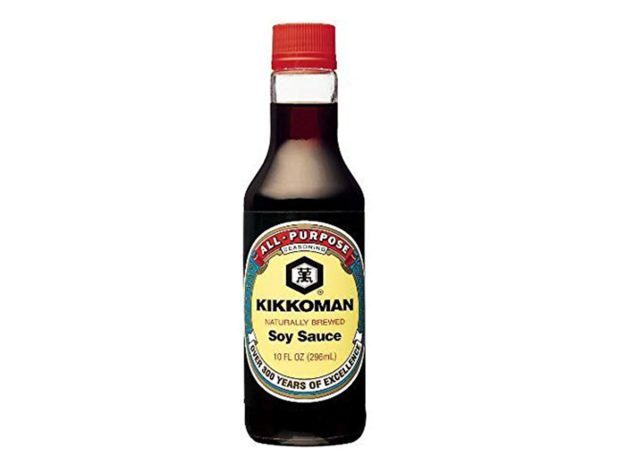
Kikkoman is a globally trusted brand, and while it does have U.S. production facilities, some specialty soy sauces and Japanese-made products still cross the Pacific. A 25% tariff on Japanese imports could nudge up prices for these niche items. If you use soy sauce regularly, especially premium varieties or large-format bottles, consider buying ahead. Alternatives made domestically may not have the same flavor profile. Given how long soy sauce lasts in the pantry, a small stockpile makes sense for anyone who frequently cooks Asian dishes at home.
Miso Paste
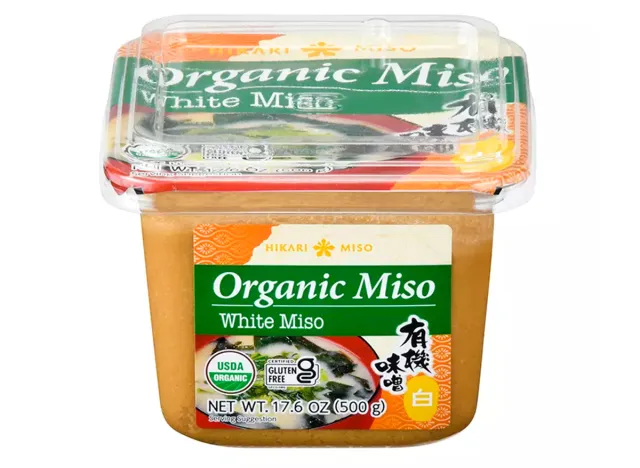
Miso paste from Japan, often sold in tubs or vacuum-sealed bags, is a kitchen staple for many plant-based and health-conscious cooks. While some miso is made domestically, top-tier products from brands like Hikari and Marukome are still imported. These could be hit with the new tariff, raising shelf prices for U.S. consumers. Miso keeps well in the refrigerator for many months, so grabbing an extra tub or two now ensures continued access to your favorite brand at the current price. It’s a smart buy for regular users who don’t want to risk a price jump.
Matcha Powder

Premium matcha from Japan is prized for its quality and flavor—and also tends to be costly. Any added tariff on Japanese imports may make that price even steeper. While some American-made matcha exists, it’s often not on par with ceremonial or culinary-grade imports from regions like Uji. If matcha is part of your wellness routine or daily ritual, it may be worth buying an extra tin or two now. High-quality matcha has a decent shelf life if stored properly, making this an easy hedge against a potential price spike.
Rice Crackers

Japanese rice crackers (senbei) are a beloved snack, known for their crisp texture and savory flavors. Most major brands are imported directly from Japan, making them vulnerable to the upcoming tariff. While some American versions exist, they often lack the authenticity and variety of the originals. If you enjoy keeping these on hand for snacking or entertaining, you may want to buy a few extra bags now. Given that they are dry goods with a long shelf life, it’s a low-risk way to stay stocked on a unique snack that could soon cost more.
Japanese and Korean Candies
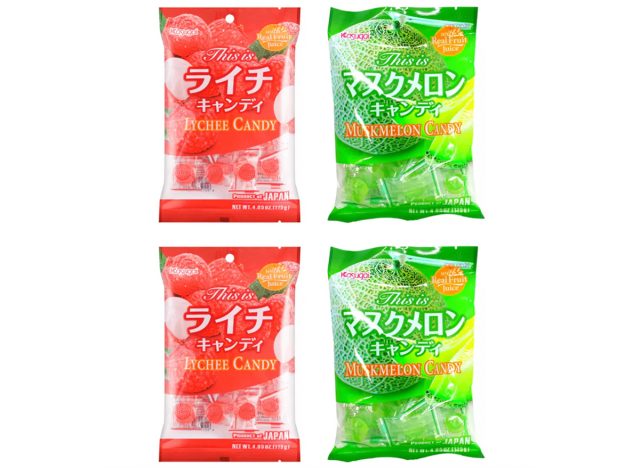
From chewy milk-based candies to fruity gummies and unique seasonal treats, both Japan and South Korea offer candies that are hard to find elsewhere. Brands like Lotte, Kasugai, and Haitai have developed loyal followings in the U.S., but many of these items are still imported. With new tariffs taking effect, those sweet indulgences might become more expensive. If you or your kids enjoy these as occasional treats, it may be worth buying ahead. They don’t take up much space, and sealed candies typically have a long shelf life.
Sushi Ingredients
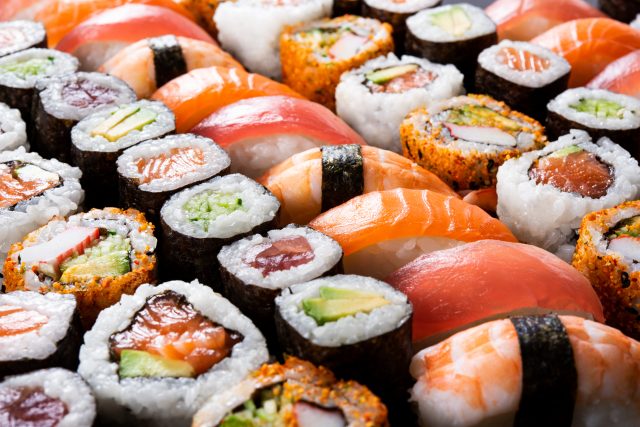
Staples like sushi rice, nori (seaweed sheets), and wasabi paste are often imported directly from Japan. While some alternatives are made domestically or in other countries, many sushi purists prefer the quality of Japanese-imported goods. These products could be affected by the 25% tariff, leading to higher prices or thinner inventory. Home sushi makers who rely on authentic ingredients may want to replenish their pantry now. Rice and nori store well in cool, dry places, and wasabi paste keeps in the fridge. It’s a safe, practical buy ahead of a possible cost increase.
Gochujang
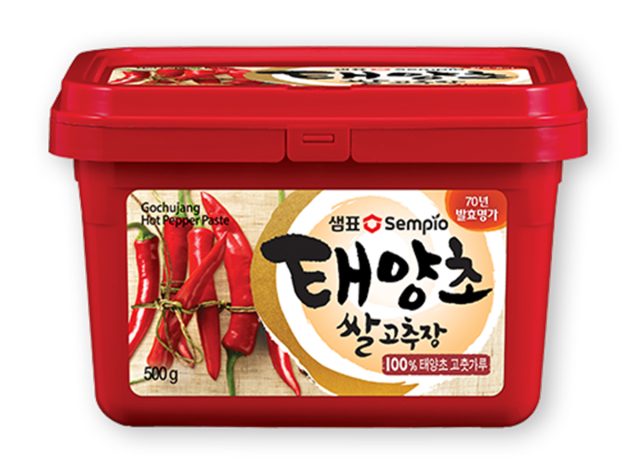
This spicy, fermented Korean chili paste is a must-have for countless dishes. Brands like CJ and Sempio export much of their gochujang to the U.S., and while some is manufactured domestically, many specialty or smaller batch versions are not. With tariffs looming, prices for imported jars could go up. Because gochujang lasts a long time in the fridge once opened, now may be a smart time to stock up. Whether you cook Korean recipes regularly or just love the occasional spicy marinade, it’s an easy and cost-effective item to keep on hand.
Bottled Asian Beverages
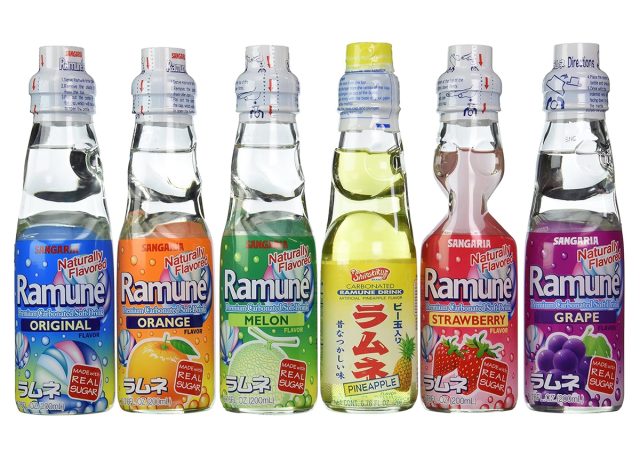
Drinks like Japanese green tea in bottles, Korean barley tea, and specialty soft drinks such as Ramune are common imports with limited domestic production. These items often ride along with snack shipments, meaning any tariff on groceries could impact them too. While beverages are less essential than pantry items, they are popular with niche consumers and are likely to reflect increased shipping and import costs. If you enjoy these drinks regularly or like to keep a few on hand for guests, consider buying in advance. Most have decent shelf lives and stable packaging.